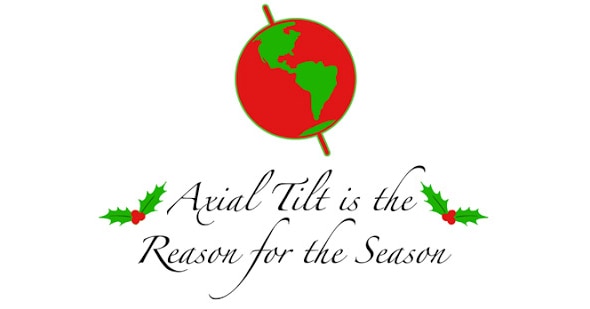The Shortest Day

If you like daylight, I have some bad news and good news for you.
Today is the winter solstice for the majority of folks who live on planet Earth (that is, in the Northern Hemisphere). The bad news: That means we have the least amount of daylight today (roughly 9 hours20minutes for me in Boulder, Colo., for example, at 40 degrees north latitude). The good news: From here on out for the next six months, the days get a bit longer while the nights get shorter.
Of course, for astronomers this is the other way around, more like good news/bad news, since we like long nights. Um, unless you’re a solar astronomer, I guess, then the first case applies. Unless once again you’re a neutrino or radio astronomer, in which case you don’t care. Day and night are all pretty much the same to them.
Anyway, the solstice isn’t defined by the length of the day and night, to be honest. That’s an effect, not the cause.
Astronomers use a coordinate system on the sky that’s very similar to longitude and latitude on Earth, except we call them right ascension and declination for historical reasons. There’s also a celestial equator, and a celestial North and South Pole!
Over the course of a year, as the Earth orbits the Sun, the Sun appears to move against the background stars in the sky. It moves east/west in a full circle (360 degrees) once per year, but also slides away from the celestial equator by about 23.5 degrees both north and south over that same time period, due to the tilt of the Earth. In the summer (for northern folks again) it reaches its most northern declination around June 21, and its southernmost point around Dec. 21 every year. When it’s in the north in June, it’s high above the horizon at noon, and when it’s in the south in December, it’s much lower in the sky at noon.
Well, guess where we are now! Today at 17:11 UTC (12:11 EST) the Sun will be as far south as it can go, and we call that moment the winter solstice. From then on out it will creep north, getting higher in the sky every day … until June, when it peaks (at the summer solstice, of course) and then starts heading south again.
Note that when the Sun is lower in the sky at the winter solstice, the path it takes is shorter, so the day is shorter, and the night longer. The reverse is true at the summer solstice. See? That’s what I meant by the length of day and night being an effect of the Sun’s position. Because the Earth is tilted, the Sun’s position in the sky changes, as do the lengths of day and night.
I find this stuff endlessly fascinating. The cyclical nature of astronomical motion is wonderful, a cosmic clockwork that is predictable and understandable. It can be complex and have unexpected (and wondrous) outcomes, but if we try, we can grasp it … just as assuredly as the Sun will come up tomorrow morning. And be a little bit farther north when it does.




























